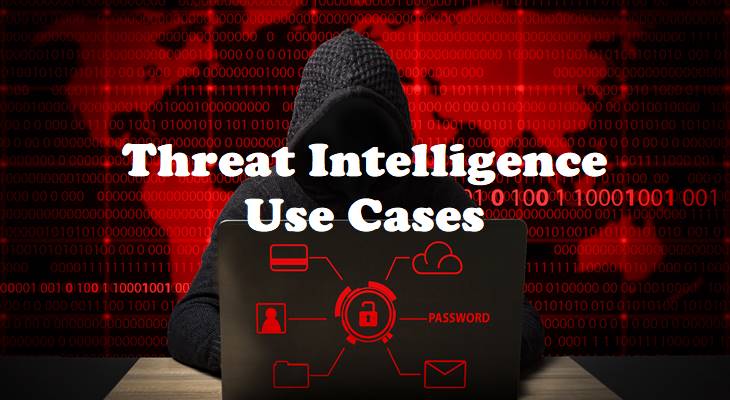DUBLIN, Jan. 25, 2024 -- Reliance on new devices can greatly restrict Digital Euro access and can exclude a large proportion of citizens who do not use contactless devices.
Back in May 2023, "Project Polaris: Handbook for offline CBDC payments" released by the Bank of International Settlements stated that:
"Secure elements are relatively expensive and may not be available or suitable in all cases, particularly in countries where smartphones or EMV-based smartcards are not widely available."
To achieve accessibility for everyone, the deployment of the Digital Euro should not be dependent on the availability of hardware-based, secure elements within devices, as this method would exclude almost half of the Eurozone population.
Integrating both software and hardware components reduces device obsolescence and allows Eurozone users to access the Digital Euro from any device. The Digital Euro might offer dual protection, including a crisis-averting mechanism if either hardware or software fails. This dual-layered security design fosters greater access and resilience.
Fluency announced a new phase of its ground-breaking Central Bank Digital Currency (CBDC) software system development, Aureum™. It resulted in the completion of a highly secure CBDC end-to-end software offline solution that can be used with or without a Secure Element and then be deployed on current devices without the need to manufacture new mobile devices or SIM cards.
Given that Fluency's solution is compatible with Bluetooth, NFC, and QR codes as well as cards, it can be utilised with both new and old devices, making it far more accessible and economical.
Beyond the secure element found in newer mobile devices, Fluency's innovative offline solution offers enhanced security in mobile payments that significantly improve the system as a whole. It does this by utilising a multi-layered security protocol approach and resolution mechanism, which go beyond existing security methods in mobile payments. It safeguards the compromised transaction even in the event that a fault-inducing attack compromises the security element. In addition, it acts as a formidable barrier, preventing double-spending.
Inga Mullins, Chief Executive Officer at Fluency, said: "Fluency strongly supports the implementation of a Digital Euro, which is why our offline software solution has been particularly built to allow citizens the broadest adoption and greatest access by citizens. It is also not necessary for users to make any further investments or replace their present devices.
"Fluency is of the opinion that the most viable path to Digital Euro adoption is to enable 24/7 access to safe and secure offline payments through durable and upgradable software, as it provides quality access which is not encumbered by potentially expensive new hardware. A software solution such as Fluency's Aureum overcomes the shortcomings and limitations of a hardware-only solution which may be limited by one device or chip. Instead, it enables accessibility to be delivered securely to all."
View original content:https://www.prnewswire.co.uk/news-releases/software-can-enable-digital-euro-offline-payments-on-existing-devices-ensuring-common-access-302044774.html
Read More:
Top Cyber Security Threats to the Financial Sector







